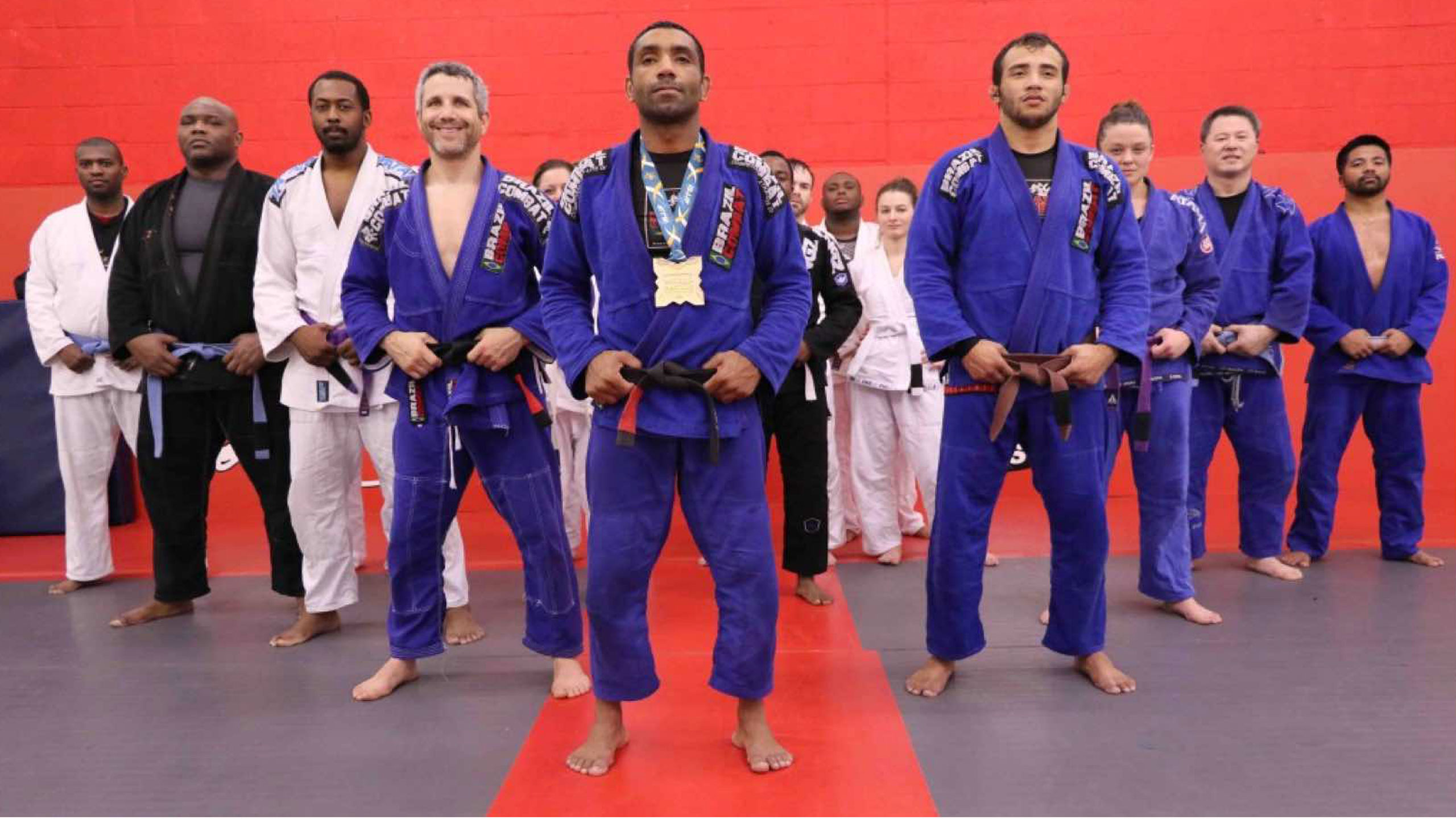Human Hands Evolved So That We Could Punch Each Other
Human hands evolved so we could punch each other
http://www.newscientist.com/article/dn23018-human-hands-evolved-so-we-could-punch-each-other.html?full=true&print=true
Journal reference: Journal of Experimental Biology, doi:10.1242/jeb.075713
23:00 19 December 2012 by Sara Reardon
Forget toolmaking, think fisticuffs. Did evolution shape our hands not
for dexterity but to form fists so we could punch other people? That
idea emerges from a new study, although it runs counter to
conventional wisdom.
About the same time as we stopped hanging from trees and started
walking upright, our hands become short and square, with opposable
thumbs. These anatomical changes are thought to have evolved for tool
manipulation, but David Carrier at the University of Utah in Salt Lake
City has an alternative explanation.
He says there are several possible hand shapes that would have allowed
greater dexterity, making it less clear why we ended up with the hands
we have. But only one hand shape lets us make a fist with a thumb as
buttress.
Among primates' hands, ours is unique for its ability to form a fist
with the thumb outside the fingers. The fingers of other primates'
hands are too long to curl into their palms, and their thumbs are too
short to reach across the fingers. So when apes fight, they are far
more likely to wrestle or hold their opponent down while others stomp
on him, says Carrier.
To test the importance of fists, Carrier and his colleagues recruited
10 athletes and measured how hard they could hit a punching bag using
a normal fist, a fist with the thumb stuck out, and with an open palm.
The athletes could generate more than twice the force with a normal
fist as with the thumb-stuck-out fist, because of thumb's buttressing
role. There was no difference in the force they could generate with a
normal fist and with an open palm, but Carrier says it's possible that
a fist concentrates the force into a smaller area and so does more
damage.
Cause or effect?
Mary Marzke of Arizona State University in Tempe says the study is
interesting, but it far from proves that the ability to make a strong
fist was the main driver behind the evolution of our hands' shape. It
is more likely that it was a useful side effect of a whole suite of
modifications.
She points out that apes strike with the heel of their hand when
knocking fruit out of trees. Carrier's study didn't assess the force
that the heel of the hand generates, but if it turns out to be as good
as a fist, it becomes less clear that our hands evolved so as to be
perfect for fist-making, Marzke says.
But if the hypothesis is true, Carrier thinks it could explain another
mystery. It has long been unclear why high levels of testosterone
cause men's ring fingers to be longer than their index fingers. He
says the finger-length ratio makes sense if it generates a better
fist. This would make dominant males even better fighters.

